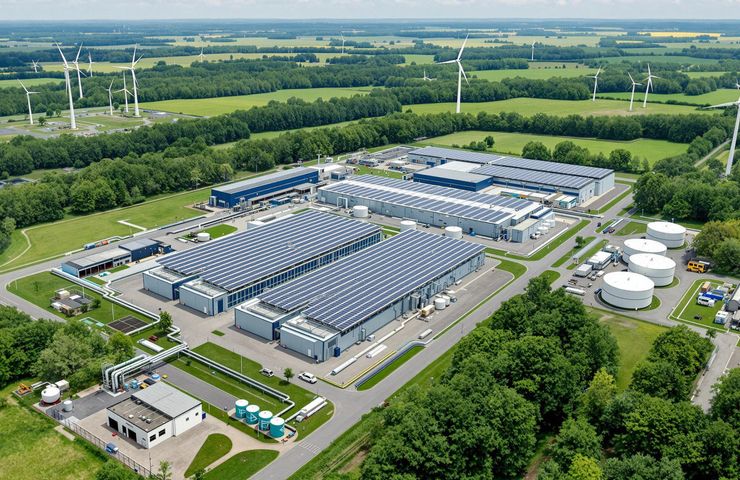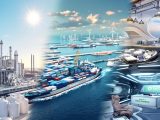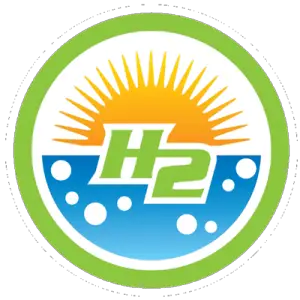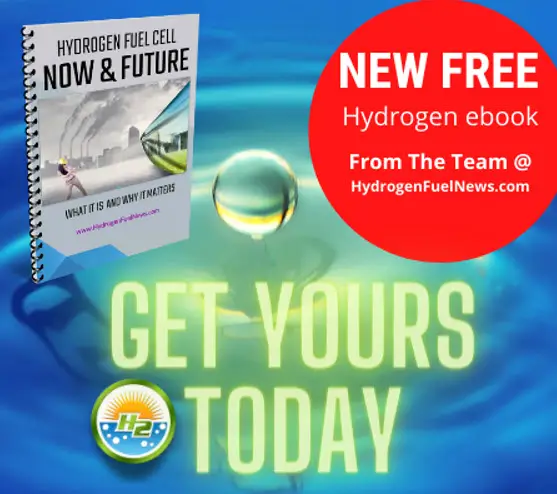
Hy2gen Secures €47M to Expand Green Hydrogen and Ammonia Projects Across Europe and Canada
May 1, 2025Hy2gen Doubles Down on Renewable Hydrogen with Fresh €47M Boost
When it comes to cutting carbon from heavy industries and aviation, there’s no time to waste—and Hy2gen AG just got a serious shot in the arm to keep that momentum going.
The Germany-based company, which focuses on renewable hydrogen production and fuels like clean ammonia and e-fuels (also called RFNBOs), has secured a €47 million funding round to scale up its fast-growing portfolio. We’re talking projects already spread across Germany, France, Norway, and Canada, with plenty more on the way.
This isn’t just a cash influx—it’s fuel for what could be one of the most ambitious industrial decarbonization roadmaps out there, with more than 3.4 GW of planned electrolysis capacity and a staggering 15 GW in development around the world.
Meet the Big Players Backing the Hydrogen Push
Leading this latest round is Hy24, a powerhouse investment firm devoted to building a global low-carbon hydrogen economy. Hy24’s Clean H2 Infra Fund—one of the biggest in the sector—has some serious muscle behind it, with names like Air Liquide, TotalEnergies, and Plug Power on board.
Joining the party are strategic tech and impact investors like Technip Energies, BenDa, and Rely. So this isn’t just about money—it’s about teaming up with folks who know how to build big and move fast in energy infrastructure.
Where the Magic Happens: Projects With Purpose
Hy2gen isn’t just tossing darts at a map. Every project is rooted in natural advantages—whether that’s access to cheap renewables, world-class ports, or smart policy environments.
- Germany (Werlte): Home to the Atlantis plant extension, this site officially kicked off renewable hydrogen production in 2023—already up and running.
- France (Fos-Marseille): With a 390 MW electrolyzer coming online, this project aims to crank out 75,000 tons of e-SAF (electro-sustainable aviation fuel) per year, helping airlines stay ahead of tightening fuel regulations.
- Norway (Iverson project): This one taps into hydropower to create 200,000 tons of clean ammonia annually—perfect for export in a decarbonizing world.
- Canada (Courant project): Still in late-stage planning, this plant focuses on producing renewable ammonia and ammonium nitrate for agriculture and industrial uses where emissions are notoriously tough to wipe out.
The Moment Is Now: Hydrogen Goes from Hype to Reality
Let’s face it—for years, talk about sustainable energy and green hydrogen often felt like just that: talk. But the tide has turned.
Global demand is soaring for zero-carbon alternatives. Companies in aviation, fertilizer, and industry are scrambling to get ahead of climate targets. Governments from Brussels to Ottawa are backing the push with real funding and serious regulations.
And in that context, Hy2gen’s ability to take projects from concept to shovel-ready couldn’t be more perfectly timed. This round of funding isn’t about dreaming—it’s about building.
Tech That Delivers: From Power to Molecules
At the heart of Hy2gen’s model is good old-fashioned electrolysis—using clean electricity to split water into hydrogen and oxygen. But they’re not stopping there.
Hy2gen is betting big on Power-to-X technology, which converts renewable electricity into the high-demand fuels industries already use—like e-SAF or clean ammonia. By focusing on Renewable Fuels of Non-Biological Origin (RFNBOs), they’re aiming straight at the sectors most in need of cleaner alternatives—and the ones that traditional hydrogen developers often overlook.
Go Big or Go Home: Industrial Scale That Moves the Needle
Hy2gen isn’t messing around when it comes to scale. With 3.4 GW of electrolysis already in planning and construction—and another 15 GW lined up behind it—they’re setting a new bar.
If even part of that capacity goes live, it won’t just be a win for hydrogen production. It could reshape regional economies, shorten supply chains, smooth out fuel pricing, and finally give industrial sectors a reliable, clean fuel source they can bet on.
Taking on the Not-So-Glamorous, but Vital Sectors
Let’s be honest—fuel and fertilizer aren’t exactly headline-grabbers. But if we want to hit decarbonization goals, these sectors can’t be ignored.
That’s why projects like Iverson in Norway (for clean ammonia) and Courant in Canada (for renewable ammonium nitrate) are a big deal. They’re targeting hard-to-decarbonize areas most companies shy away from.
Meanwhile, back in France, Hy2gen’s aviation-focused e-SAF project lands at just the right moment, with regulators turning up the heat for cleaner jet fuels.
Don’t expect all this to go online tomorrow—but with construction on Courant expected to kick off by 2027 and funding now locked in, we’re a lot closer than we were yesterday.
The Bottom Line
Hydrogen isn’t some climate cure-all—but it could be a critical link in the chain. And if companies like Hy2gen keep turning ideas into action across borders and sectors, we might just see how real sustainable energy transformation kicks off.
The big question now? How fast can they bring those 3.4 GW online. Because whether it’s for planes, plants, or fertilizer—every gigawatt counts.
About Hy2gen
Founded in 2017 and headquartered in Wiesbaden, Hy2gen AG develops, finances, and operates renewable hydrogen and derivative fuel plants around the world. Active in five countries, the company carries a growing multi-gigawatt electrolyzer pipeline and works hand-in-hand with a wide network of partners across the sustainable energy landscape.



 With over 15 years of reporting hydrogen news, we are your premier source for the latest updates and insights in hydrogen and renewable energy.
With over 15 years of reporting hydrogen news, we are your premier source for the latest updates and insights in hydrogen and renewable energy.